When travelers think of Japan, images of Tokyo’s neon-lit streets or Kyoto’s serene temples often come to mind.

However, for those seeking an authentic cultural experience away from the crowds, Kumamoto Prefecture offers a journey into Japan’s rich history, breathtaking landscapes, and deeply rooted traditions.
Located on the island of Kyushu, Kumamoto is a hidden gem waiting to be explored.
From majestic castles to soothing hot springs and culinary delights, this region captures the essence of Japan in a way that few other places can.
- Kumamoto Castle: A Timeless Symbol of Strength and Resilience
- Exploring Suizenji Jojuen Garden: A Tranquil Retreat
- Kurokawa Onsen: A Hidden Hot Spring Paradise
- Aso: The Land of Fire and Natural Wonders
- Kumamoto’s Culinary Delights: A Taste of Tradition
- The Warmth of Kumamoto’s People
- Conclusion: The True Essence of Japan in Kumamoto
Kumamoto Castle: A Timeless Symbol of Strength and Resilience
No visit to Kumamoto is complete without experiencing the grandeur of Kumamoto Castle.
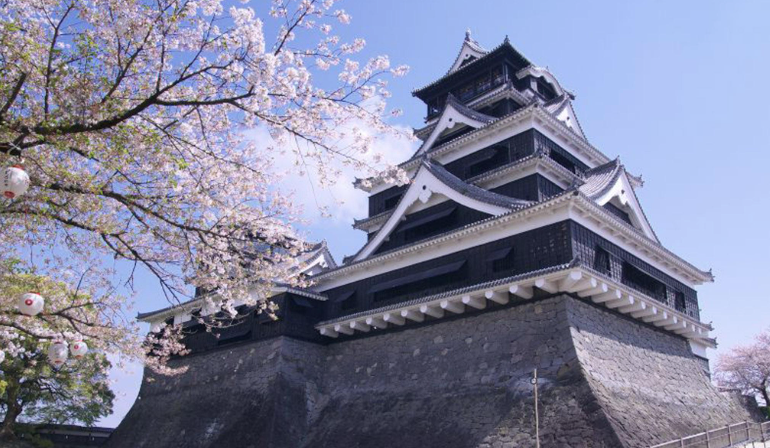
One of Japan’s most impressive fortresses, this historic site stands as a testament to the architectural mastery of the feudal era. Originally built in 1607 by the famed samurai Kato Kiyomasa, the castle played a crucial role in Japanese history.
Although the 2016 Kumamoto earthquake caused significant damage, restoration efforts have been underway, and parts of the castle have reopened to the public.
Walking through the grounds, visitors can admire the castle’s towering walls, striking black-and-white facade, and intricately designed turrets
The castle serves as a symbol of resilience, embodying the spirit of Kumamoto’s people who have worked tirelessly to restore their beloved landmark.
Exploring Suizenji Jojuen Garden: A Tranquil Retreat
For those seeking a peaceful escape, Suizenji Jojuen Garden offers a glimpse into Japan’s refined aesthetic principles.
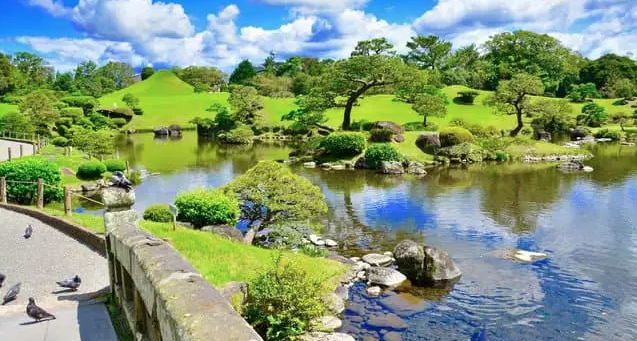
This exquisite Japanese landscape garden, constructed in the 17th century, was designed to represent the 53 stations of the Tokaido, the historic road linking Kyoto and Edo (modern-day Tokyo).
Strolling through its meticulously arranged scenery, visitors encounter miniature replicas of famous landmarks, including a small Mount Fuji. The garden’s pond, fed by natural spring water, reflects the changing seasons, making every visit a unique experience.
Whether sipping matcha tea in a traditional teahouse, Suizenji Jojuen provides an authentic encounter with Japan’s artistic traditions.
Kurokawa Onsen: A Hidden Hot Spring Paradise
While many travelers flock to famous hot spring resorts like Beppu or Hakone, those in search of a more intimate experience should visit Kurokawa Onsen. Nestled in the mountains of Kumamoto, this picturesque onsen town feels like a step back in time.
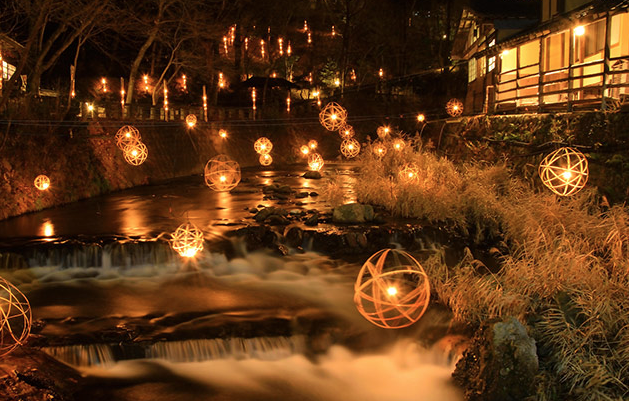
Unlike larger resorts, Kurokawa Onsen maintains its rustic charm with traditional wooden ryokan (inns) and open-air baths overlooking lush forests.
A highlight of visiting Kurokawa is the ‘Nyuto Tegata’ pass, which allows guests to enjoy a selection of different baths at multiple inns.
Immersing oneself in these natural hot springs while surrounded by misty mountains is an experience that embodies Japan’s deep connection with nature.
Aso: The Land of Fire and Natural Wonders
Kumamoto is home to one of Japan’s most awe-inspiring natural landscapes—the Aso region.
Dominated by Mount Aso, the world’s largest caldera, this area boasts dramatic volcanic scenery, rolling grasslands, and traditional farming villages.
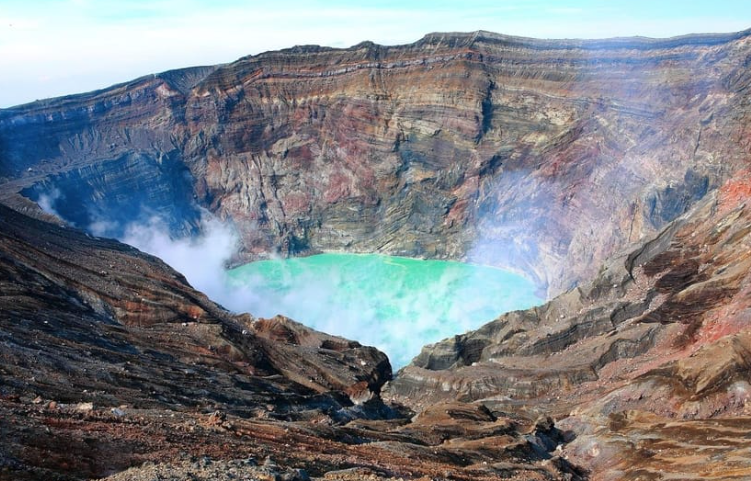
Visitors can hike up to Nakadake Crater, an active volcano that emits billowing steam, or take a scenic drive through the sweeping plains of Kusasenri.
For a truly immersive experience, staying at a local farm inn provides insight into rural life in Japan.
From horseback riding across the open fields to savoring fresh dairy products from local farms, Aso offers an unforgettable connection to nature.
Kumamoto’s Culinary Delights: A Taste of Tradition
Basashi (Horse Sashimi): One of Kumamoto’s most famous delicacies, raw horse meat sliced thinly
Karashi Renkon: A unique dish of lotus root stuffed with a spicy mustard miso paste
Kumamoto Ramen: Known for its mild pork broth, a local variation of ramen
Dagojiru: A hearty miso-based soup, a comforting and traditional dish
No cultural exploration is complete without indulging in the region’s cuisine. Kumamoto’s culinary scene is deeply rooted in local ingredients and time-honored techniques.
Basashi (Horse Sashimi)

One of Kumamoto’s most famous delicacies, basashi is thinly sliced raw horse meat served with soy sauce, garlic, and ginger. It may be an acquired taste, but it is a must-try for adventurous food lovers.
Karashi Renkon
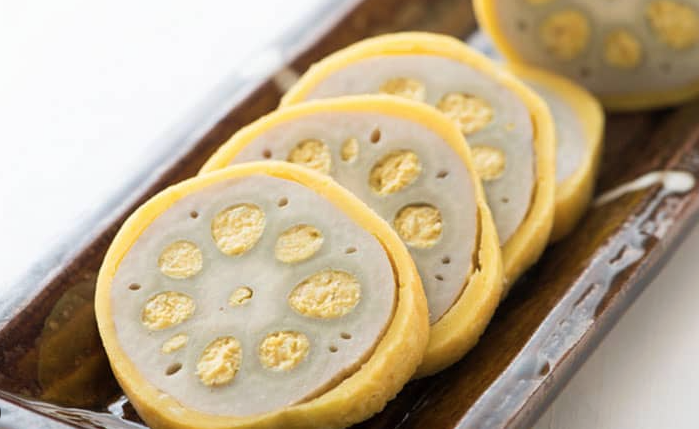
A unique dish consisting of lotus root filled with spicy mustard miso paste, then deep-fried to perfection. This flavorful snack has been a staple in Kumamoto’s food culture for centuries.
Kumamoto Ramen
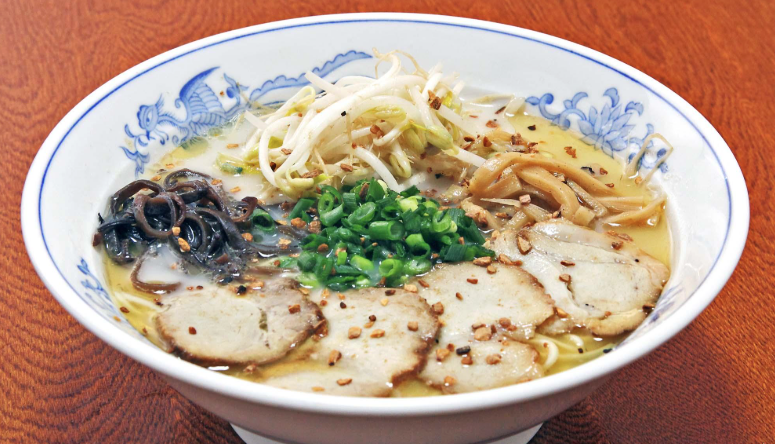
Unlike the more famous tonkotsu ramen from Fukuoka, Kumamoto ramen features a mild pork broth with a distinct garlic flavor, making it a comforting and aromatic dish.
Dagojiru
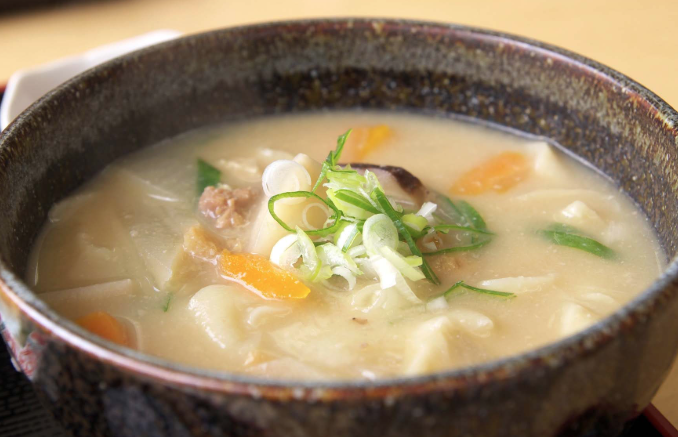
A hearty miso-based soup filled with handmade dumplings, vegetables, and pork, reflecting the region’s home-style cooking traditions.
Exploring local markets and izakayas (Japanese pubs) provides an opportunity to savor these flavors while engaging with friendly locals who are always eager to share their recommendations.
The Warmth of Kumamoto’s People
One of the most memorable aspects of visiting Kumamoto is the genuine hospitality of its residents.

Whether it’s a ryokan owner welcoming guests with heartfelt hospitality or a shopkeeper offering a free sample of local treats, the warmth of Kumamoto’s people leaves a lasting impression.
Moreover, Kumamoto’s iconic mascot, Kumamon, has become a beloved symbol of the region’s friendly spirit.

Originally created to promote tourism, this charming black bear character has gained international fame, embodying the playfulness and welcoming nature of Kumamoto.
Conclusion: The True Essence of Japan in Kumamoto
Kumamoto is more than just a destination—it’s an experience that captures the heart of Japan’s history, culture, and natural beauty.
Whether exploring samurai-era castles, soaking in secluded hot springs, trekking across volcanic landscapes, or savoring unique local flavors, visitors will find an authentic side of Japan far from the typical tourist trail.
For those in search of the real Japan, Kumamoto offers a journey filled with discovery, tradition, and heartfelt connections—making it a place that lingers in the memory long after the journey ends.


